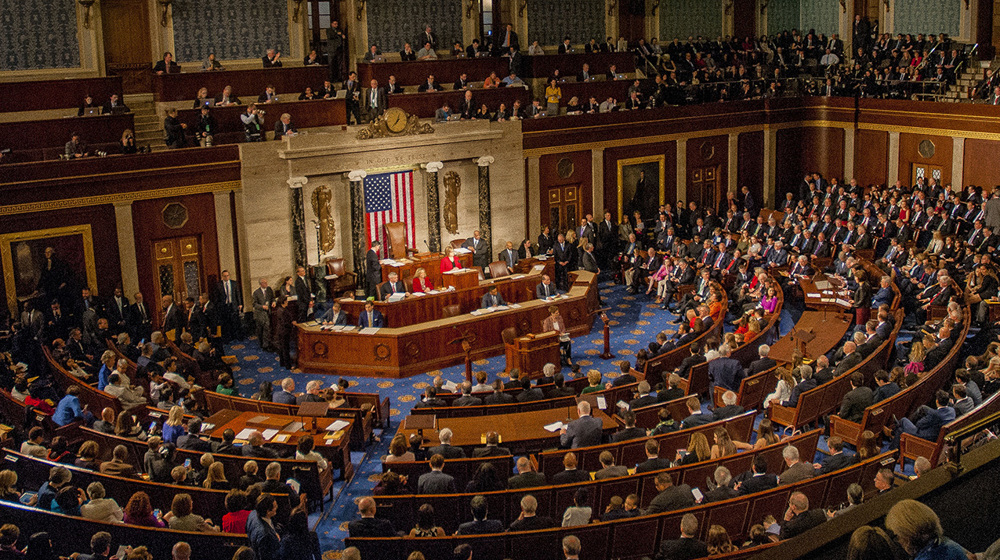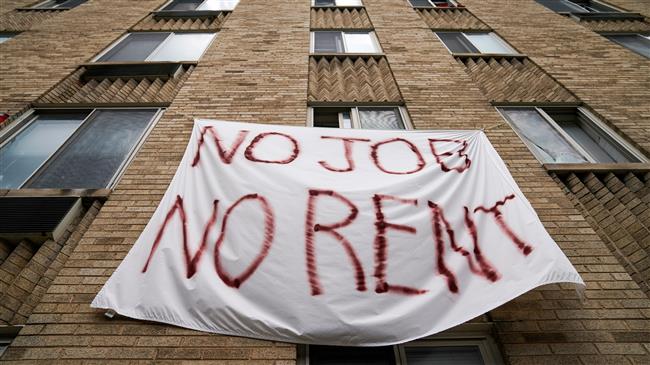US COVID-19 deaths pass 210,000 amid warnings of more virus fatalities
The death toll from the coronavirus pandemic in the United States has surpassed 210,000, with virus cases nearing 7.5 million.
The virus toll across the US rose to 210,117 as of 19:23 local time Monday, according to the Center for Systems Science and Engineering (CSSE) at Johns Hopkins University.
The New York state reported 33,214 fatalities on top of the US state-level death toll list. New York City registered nearly 10-000 new cases last week, prompting Mayor Bill de Blasio to re-impose restrictions on nine neighborhoods.
Each state of Texas, California and New Jersey recorded more than 16,000 deaths. Fatalities in Florida exceeded 14,000.
The states of North Dakota, South Dakota, and Wisconsin have reported the highest number of cases per 100-000 residents in the past two weeks.
The United States remains the hardest hit by the COVID-19 pandemic, with the world's highest caseload and death toll, accounting for more than one-fifth of the global cases and deaths.
US health experts urge the public to exercise caution when they move from indoors during the colder days of fall and winter as over 20 US states reported more new cases than last week.
A new US poll shows that 56 percent of Americans say the US government carries "substantial" responsibility for the COVID-19 outbreak in the US.
This came after months of the Trump administration blaming both China's government and the WHO for the scale of the US outbreak.
The poll, conducted by the University of Chicago Harris School of Public Policy and the Associated Press-NORC Center for Public Affairs Research, was carried out before Donald Trump was tested positive for the coronavirus.
Critics of the Trump administration's virus response have pointed to a rise in violence and bigotry against Asian Americans as evidence that the president's attempts to link COVID-19 to China has resulted in a jump in racial discrimination.
‘Nearly 3,000 US deaths a day in December’
According to projections Monday from the University of Washington, the daily US death toll is expected to steadily climb through the end of this year, reaching more than 2,900 US deaths a day by the end of December.
Dr. Christopher Murray, Director of the University of Washington's Institute for Health Metrics and Evaluation (IHME) said, "First, as case counts have come down in some states, we tend to see that people become less careful, they tend to have more contact. But then the most important effect is the seasonality of the virus -- that people go indoors, transmission happens more.”
"That's why our model shows the huge surge that we really expect to take off in October and accelerate in November and in December."
US vetoing of Gaza ceasefire resolution ‘disgraceful’: Iran’s UN envoy
VIDEO | IAEA adopts anti-Iran resolution tabled by E3
VIDEO | Iran's president urges Pope to help end Israel's onslaught in Gaza
Iran's senior legal official: ICC arrest warrant for Netanyahu ‘great victory'
Nov. 21: ‘Axis of Resistance’ operations against Israeli occupation
VIDEO | Israeli forces storm West Bank’s Jenin again, target civilians
Iran activates advanced centrifuges after IAEA's 'unjust' resolution
VIDEO | Press TV's news headlines













 This makes it easy to access the Press TV website
This makes it easy to access the Press TV website